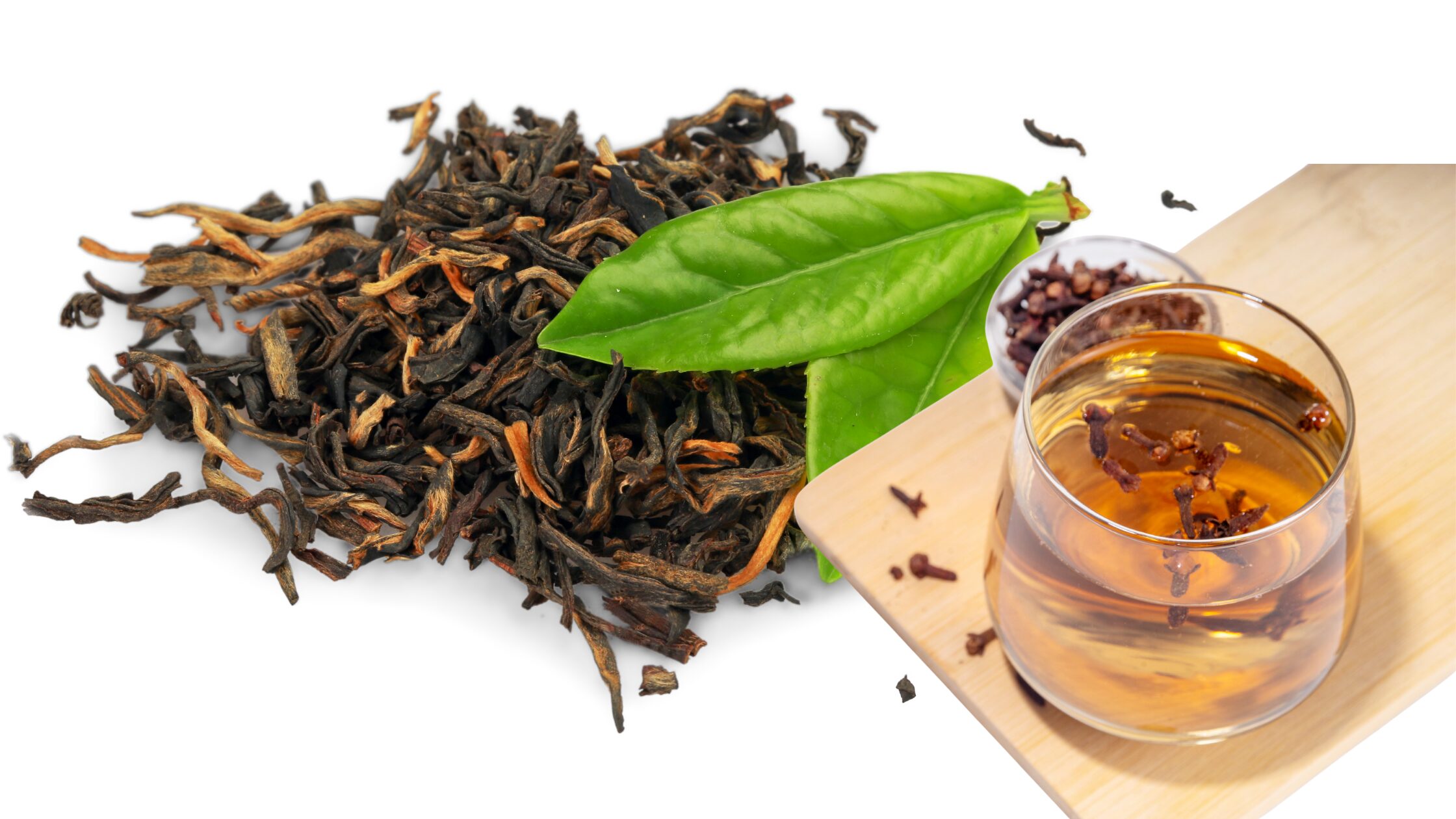A Journey of Exploration and Discovery
In recent years, the use of tea beyond its traditional role as a beverage has gained significant attention. As we delve deeper into the world of herbalism, we’re discovering that tea can be a versatile ingredient in our cooking repertoire, adding flavor, nutrition, and health benefits to our dishes. In this blog post, we’ll explore the art of using tea as food, highlighting its various uses, benefits, and tips for incorporating it into your culinary journey.
Herbal teas are infused infusions made from a variety of plants, flowers, roots, and herbs. Each one offers unique flavors, aromas, and medicinal properties that can enhance our overall well-being. From the sweetness of rose petals to the spiciness of ginger, each herb brings its own distinct character to the table. By experimenting with different herbal teas, we can unlock a world of flavors and benefits that will elevate our cooking and transform our health.
Using Tea as a Food Ingredient
One of the most exciting aspects of using tea as food is its ability to add depth and complexity to dishes without overpowering them. Whether you’re looking for a subtle hint of citrus or a bold, spicy kick, herbal teas can be used in a variety of ways to create unique flavor profiles. For example, peppermint tea can be infused into desserts like ice cream or cakes, while ginger tea adds a warm, comforting element to soups and stews. Even savory dishes like stir-fries and braises can benefit from the addition of herbal teas.
Beyond its flavor-enhancing properties, using tea as food offers numerous health benefits. Many herbs used in tea preparations have potent medicinal properties that can aid digestion, reduce inflammation, or boost the immune system. For instance, ginger tea has been shown to alleviate nausea and digestive issues, while turmeric tea supports joint health and reduces inflammation. By incorporating these herbal teas into our cooking, we can create dishes that not only taste great but also offer genuine nutritional value.
Tips for Using Tea as Food
While experimenting with herbal teas is an exciting adventure, it’s essential to remember a few key tips to ensure success:
- Start simple: Begin with mild flavors like peppermint or chamomile tea and gradually experiment with more potent herbs.
- Use high-quality ingredients: Fresh, organic herbs and flowers are essential for optimal flavor and medicinal properties.
- Experiment with ratios: Find the perfect balance between herb and liquid to avoid overpowering your dish.
- Store properly: Keep herbal teas in a cool, dark place to preserve their potency and flavor.
Conclusion
The art of using tea as food is a fascinating journey that invites us to explore the world of herbs and flavors. By embracing this approach, we can unlock a wealth of culinary possibilities while reaping the benefits of nature’s medicine cabinet. Whether you’re a seasoned chef or an adventurous home cook, incorporating herbal teas into your cooking repertoire is sure to delight your taste buds and nourish your body. Join us on this journey of discovery, and let’s embark on a flavorful adventure that will transform our kitchens and our lives forever.

